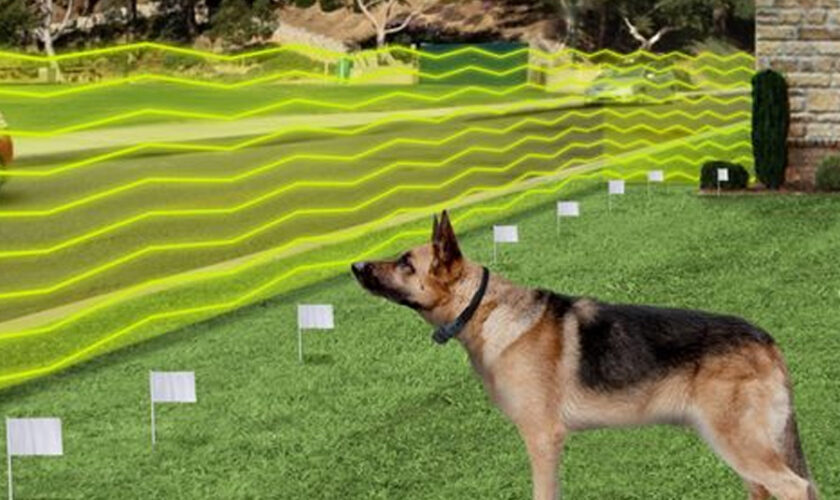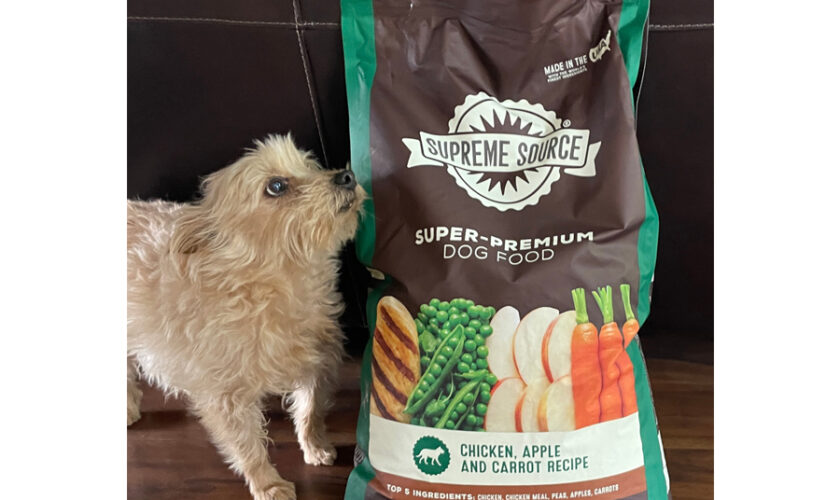Electric dog fences, also known as invisible or underground fences, have sparked debates among pet owners regarding their safety and effectiveness. While some swear by their ability to provide boundary control without visible barriers, others express concerns about the potential harm they may cause to furry companions.
To understand further, let us look into the safety aspects of electric dog fence installation to shed light on this controversial topic.
Understanding Electric Dog Fence Installation
Electric dog fence installation involves burying a wire around the perimeter of the designated area or property. A transmitter connected to the wire emits a radio signal, creating an invisible boundary. When a dog wearing a specialised receiver collar approaches the boundary, it receives a warning tone followed by a static correction if it attempts to cross the barrier.
Common Misconceptions
One of the primary concerns surrounding electric dog fences is the notion of harm inflicted upon pets. Critics argue that the static correction delivered by the collar is inhumane and causes unnecessary distress to dogs. However, proponents of electric dog fences emphasize that the static correction is harmless, akin to a mild static shock, and serves as a deterrent rather than a punishment.
Safety Considerations
To address concerns about the safety of electric dog fences, it’s essential to consider the following factors:
Proper Training
Electric dog fences require training to ensure that pets understand the boundaries and respond appropriately to warning signals. A reputable hidden fence installer will provide comprehensive training guidelines to help pet owners acclimate their dogs to the system gradually.
Collar Fit and Settings
The receiver collar must be properly fitted to the dog’s neck to ensure optimal effectiveness and comfort. Additionally, adjustable settings allow pet owners to customise the level of static correction based on their dog’s size, breed, and temperament.
Supervision and Monitoring
While electric dog fences provide containment, they do not prevent other animals or individuals from entering the property. Pet owners must supervise their dogs while outdoors and regularly inspect the system to ensure its proper functioning.
In the end, electric dog fences can be safe to use when installed and maintained properly. By working with a reputable hidden fence installer and following recommended guidelines for training and supervision, pet owners can provide their dogs with freedom while ensuring their safety within set boundaries. While electric dog fences may not be suitable for every pet or situation, Hidden Fence offers a viable alternative for those seeking a customisable and invisible containment solution.

